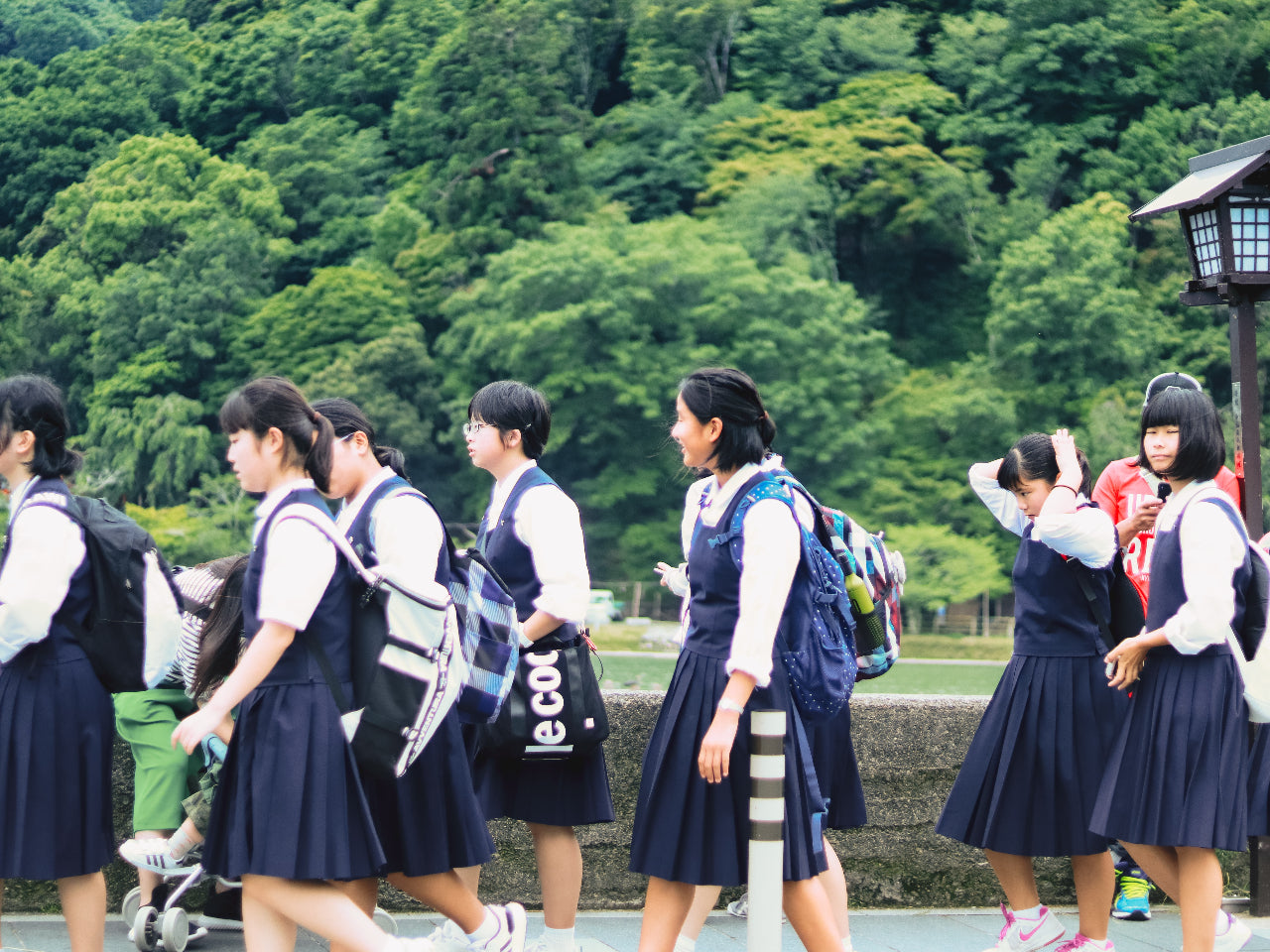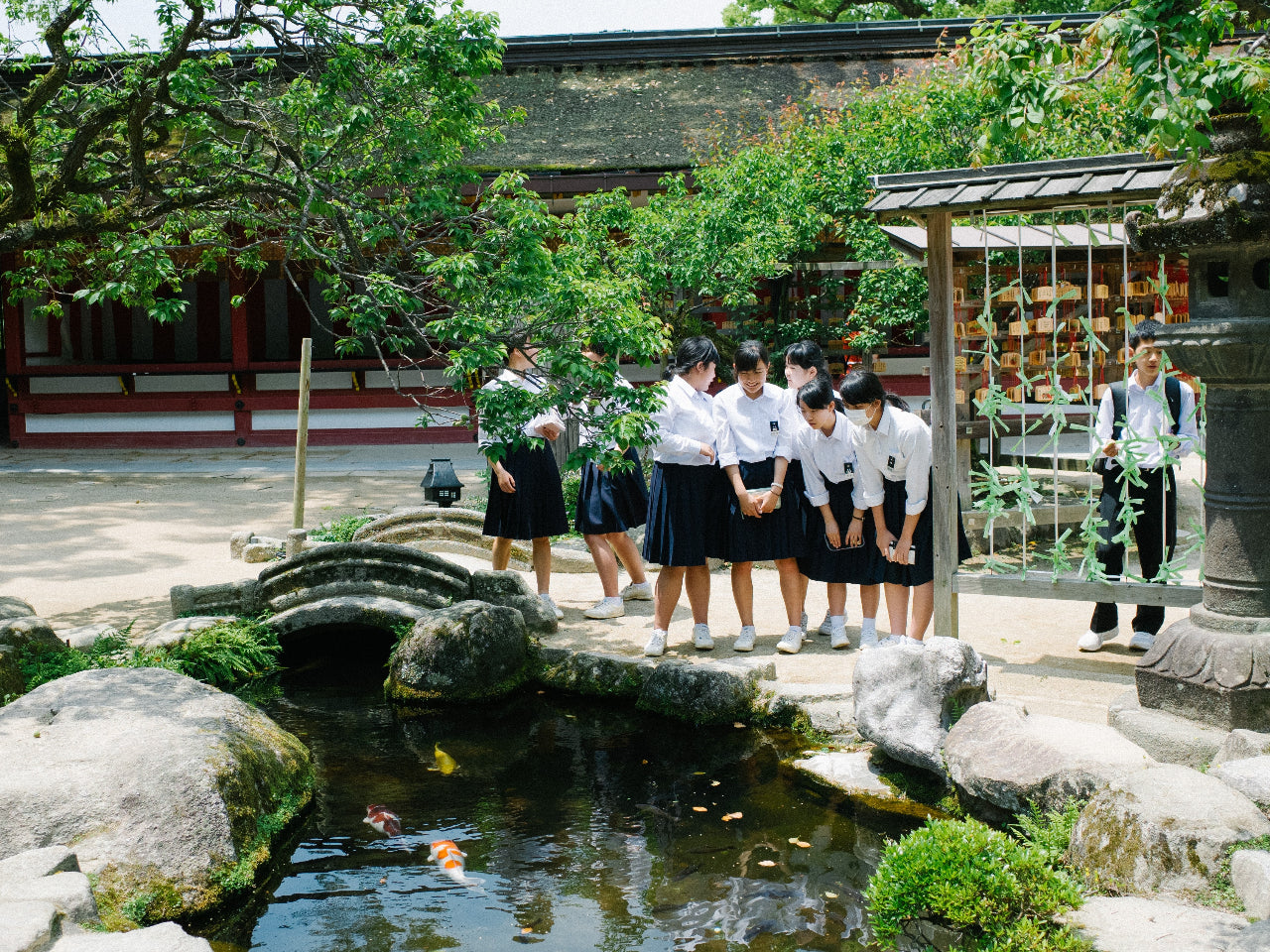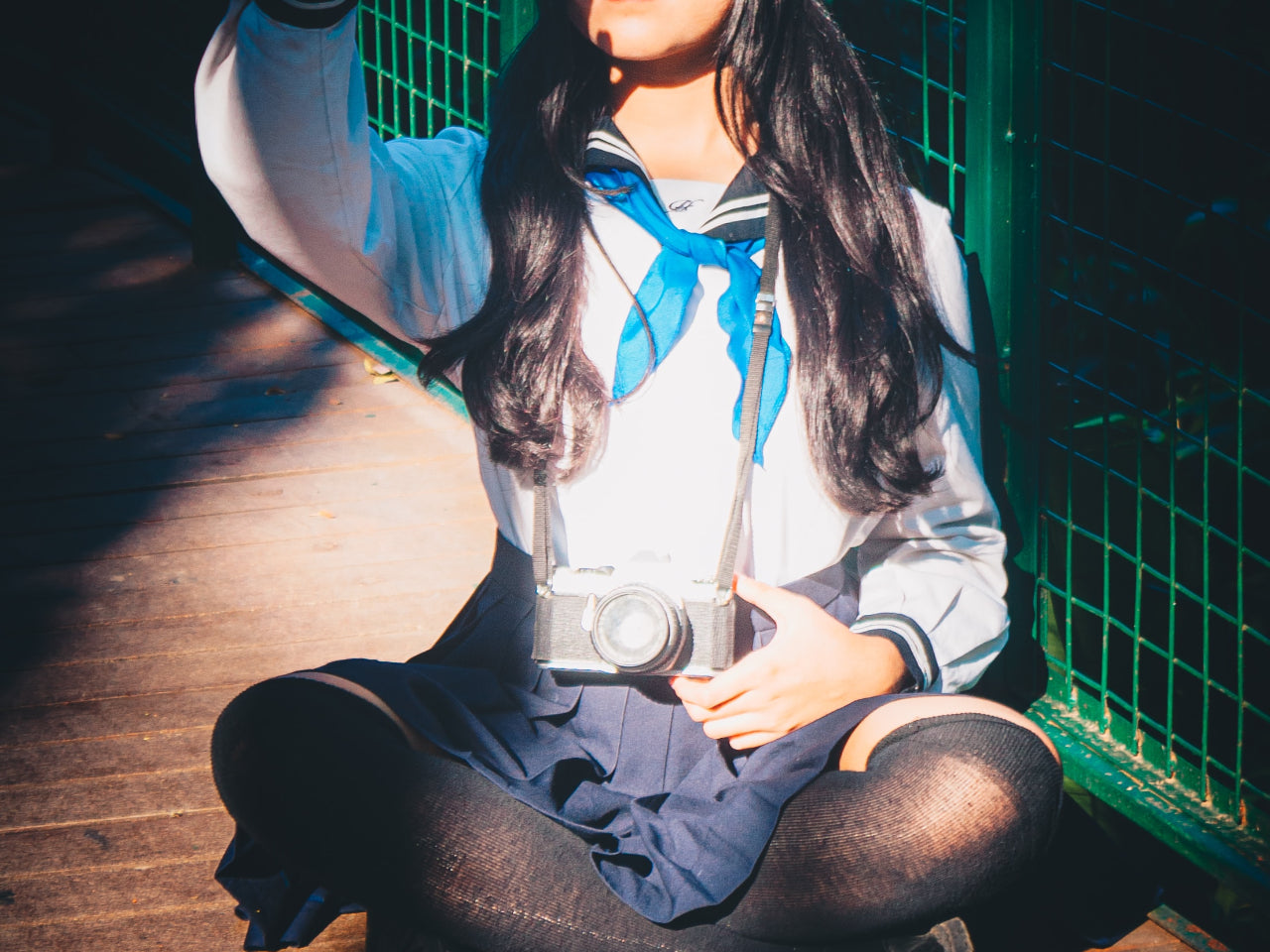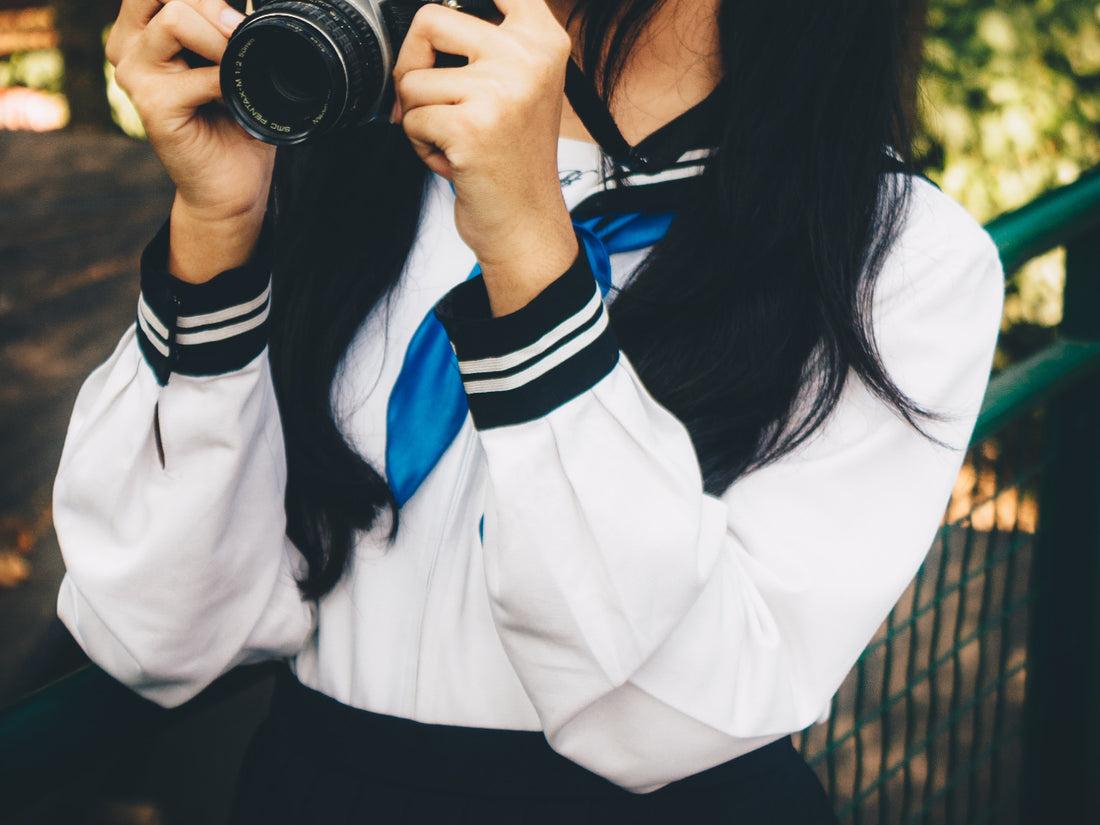In a bustling school courtyard adorned with cherry blossom trees, the soft pink petals gently fall like a shower of confetti, creating a serene and enchanting atmosphere. A group of girls gathers in the vibrant courtyard of their school. Their sailor-inspired look, with its understated lines and classic colors, adds a touch of nautical sophistication to their appearance. Pleated skirts sway playfully as they chat and laugh. In Japan, the sailor uniforms, known as "seifuku," are primarily school uniforms.
If you are a fan of anime and manga, you have likely encountered scenes like this. The iconic seifuku, resembling a naval outfit, is a popular choice among cosplayers at anime conventions and other events.
Seifuku holds a prominent position in both society and popular culture. These uniforms are deeply intertwined with tradition, identity, and a sense of community.
What is Seifuku

Seifuku refers to the standardized school uniforms used in Japan. It typically consists of specific designs and styles that differentiate students from different schools or grades. The most common type of seifuku is the sailor uniform style for girls, which includes a blouse with a sailor collar, a pleated skirt, and a matching ribbon or tie. Boys' uniforms usually consist of a suit jacket, trousers, and a necktie.
As a uniform, it serves as a visual representation of students' identity within the school and emphasizes the importance of discipline, neatness, and teamwork. Seifuku holds significant cultural value in Japanese society and is widely recognized and accepted. Through the decades, various schools and regions in Japan have personalized their seifuku designs, incorporating unique elements and colors. This customization helps distinguish one school from another and fosters a sense of identity and belonging within their respective communities.
As Japan's popular culture expanded globally, seifuku became synonymous with youthfulness, innocence, and a nostalgic charm. Seifuku has become an iconic symbol in Japanese popular culture, frequently depicted in manga, anime, and movies. It has also influenced fashion trends outside of school settings, with many people adopting elements of seifuku into their everyday style. The association of seifuku with innocence, youthfulness, and a nostalgic charm resonates with people beyond the realm of education.
In recent years, there has been some evolution in seifuku styles, with schools introducing more modern and gender-inclusive designs. Some institutions have relaxed rules, allowing students to personalize their uniforms with accessories or choose from different color options. These changes reflect the shifting attitudes towards individual expression while maintaining the core symbolism of unity and tradition associated with seifuku.
Historical Background

The history of seifuku dates back to the late 19th century when Japan began modernizing its educational system. At that time, schools were introduced with Western influences, including the concept of uniforms.
Initially, these uniforms were inspired by military attire and aimed to instill discipline and a sense of unity among students. They typically consisted of dark-colored trousers, blazers, and matching ties for boys, while girls wore long skirts and blouses. However, this style gradually evolved over time.
In the early 1920s, the sailor-style seifuku gained popularity in girls' schools. The design featured a sailor collar, a pleated skirt, and a ribbon tie, resembling the naval uniforms worn by sailors. This style was embraced by many schools due to its perceived sense of modesty, elegance, and the influence of European fashion trends.
During World War II, school uniforms were simplified due to resource constraints and the wartime atmosphere. After the war, as Japan rebuilt itself, the seifuku regained its prominence and became an integral part of Japanese school culture.
Different Styles of Seifuku

There are various styles of seifuku depending on the type of school, gender, and region. Some common styles include:
Sailor-style Seifuku: This is one of the most iconic and popular styles. It features a sailor collar, often in white or contrasting colors, along with a pleated skirt and matching accessories like ribbons or ties.
Blazer-style Seifuku: This style is more formal and resembles a traditional blazer suit. It typically consists of a tailored blazer jacket, a blouse or shirt, and a knee-length skirt or trousers.
Gakuran-style Seifuku: This style is primarily worn by boys and has a military-inspired look. It includes a high-collared black jacket, usually with brass buttons, paired with matching trousers.
Kogal-style Seifuku: This style was popularized in the 1990s and early 2000s by the kogal subculture. It features shorter skirts, loose socks, and colorful accessories, deviating from the traditional uniform while still maintaining some recognizable elements.
Western-style Seifuku: Some schools opt for a more Westernized approach to their uniforms, incorporating elements such as blazers, ties, and knee-length skirts, similar to standard European or American school attire.
For girls, the most common style is the sailor uniform, featuring a pleated skirt, a sailor collar, and a ribbon tie. Boys' uniforms typically consist of dark-colored trousers, a blazer, and a matching tie. However, there is no one-size-fits-all approach, as each school often incorporates unique design elements to reflect their identity and traditions.

